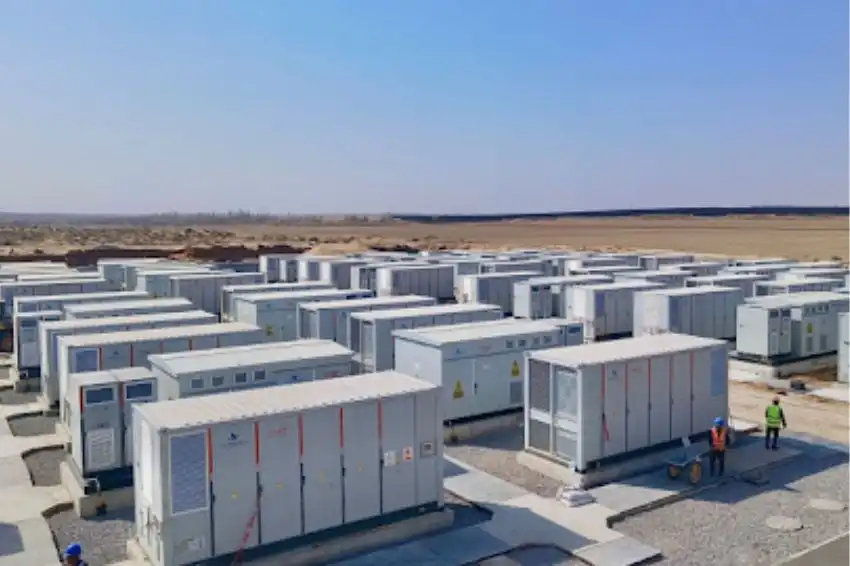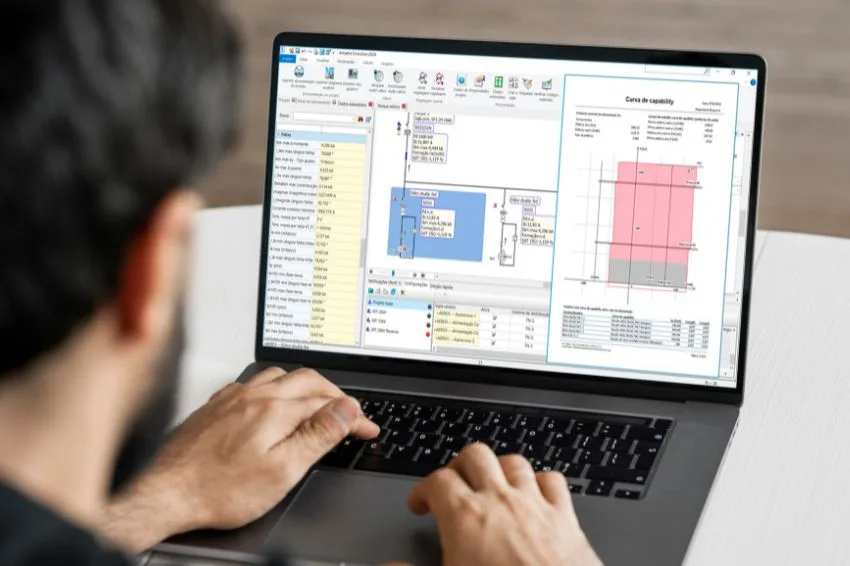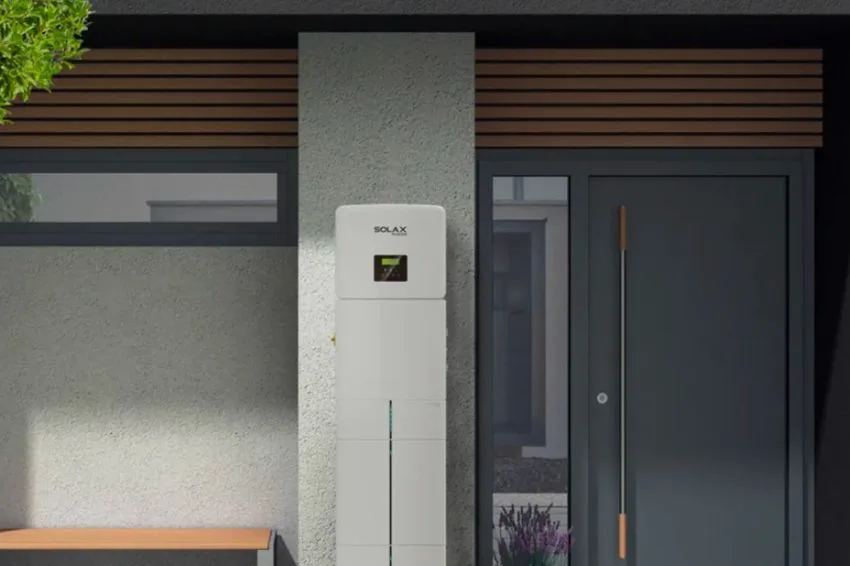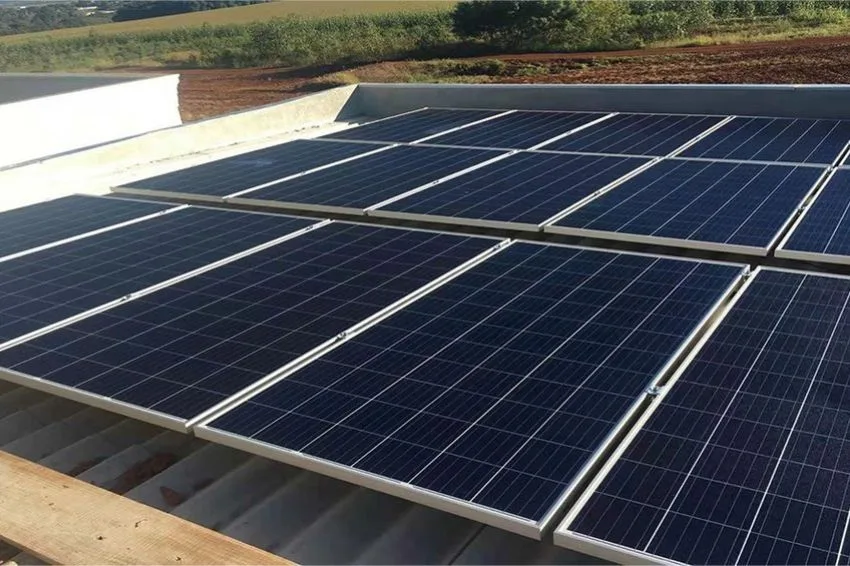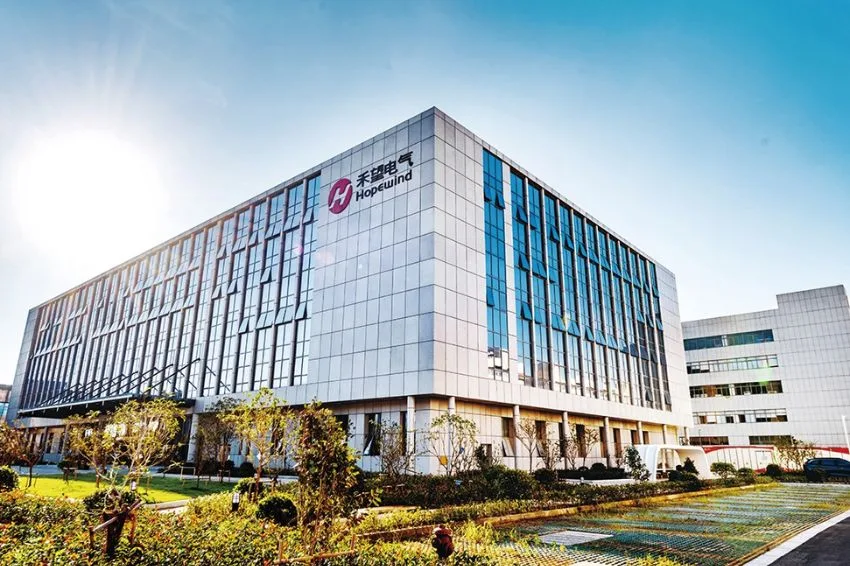What are BIPV systems?
Construction contributes heavily to climate change, being the sector responsible for 38% of global carbon emissions.
And how CO2 emissions from construction operations reached a historic record of around 10 GtCO2 in 2021 – an increase of 5% compared to 2020 – it is clear that the construction sector needs a greener method of combating climate change whilst keeping up with the demands of a growing population.
It is at this point that the building-integrated photovoltaics (BIPV) can help. BIPV is a form of solar system that can be used as a conventional functional part of a building and at the same time generate electricity through solar energy.
BIPV can replace traditional building elements, such as roofs, facades and skylights – an exciting development to seamlessly incorporate solar photovoltaics into modern architectural structures.
BIPV systems have already been incorporated into a wide variety of buildings around the world. From the iconic Copenhagen International School, in Denmark – whose 700 kW BIPV systems power 50% of the school's total annual electricity consumption – to the impressive Solar Ark building, in Japan.
Solar Ark's BIPV systems generate 630 kW through more than 5,000 solar panels, totaling around 500,000 kWh of energy per year.
With the global BIPV market increasing to a worth approximately US$ 10.8 billion in 2022, it is clear that BIPV is here to stay, with more and more people seeking environmentally friendly solutions for power generation over time.
In this article, we will discuss the differences between BIPV and common photovoltaic systems, the different forms in which BIPV can be found, the advantages of BIPV, as well as some real-world examples of BIPV systems around the world.
What are the differences between BIPV and common PV systems?
First, it is important to clarify the differences between common photovoltaic systems – also known as BAPV or building applied photovoltaic system – and BIPV systems.
An important difference is that, in BIPV systems, photovoltaic modules are part of the building’s architecture and are incorporated into the construction itself. As BIPV systems form a structural part of the building, unlike traditional photovoltaic systems, they do not require supports and mounting equipment.
Ordinary BAPV systems, on the other hand, are attached to the building, meaning they can be removed and replaced. While BIPV is planned during the architectural phase of construction, BAPV can be easily adapted later in the construction process.
Another difference between BIPV and BAPV is that, in BIPV systems, photovoltaic modules have practical construction functions, such as providing insulation or shelter, in addition to fulfilling the main function of providing energy to the building.
Additionally, unlike BAPV projects, where solar panels are often installed on rooftops, BIPV projects have much more potential free space to take advantage of.
You can use the building facade to generate solar energy, which, by absorbing sunlight, will also reduce the building's internal temperature.
Meanwhile, common BAPV systems are installed simply to generate electricity for the building using solar energy and have no additional functions beyond that.
When deciding to use BIPV or BAPV, architects may want to consider how these solar technologies can be adapted to the specific needs of building occupants.
For example, in addition to generating electricity, BIPV systems can offer additional benefits, such as incorporating semi-transparent thin film photovoltaics for natural daylighting or integrating solar thermal systems to capture thermal energy, which can be used for hot water supply or space heating and cooling.
What are the different forms of BIPV?
There are many different ways BIPV is shaping the future of our buildings. Here we will describe some of the most common forms of BIPV that you may see in modern architecture.
Firstly, there is the full solar roof. This is when solar panels form the roof of a building, using solar tiles – sometimes known as solar panels – to turn any outward-facing surface into a power generator.
There is also the solar facade. In this case, thin-film photovoltaic modules are used on curved surfaces or semi-transparent facades to maximize the building's energy efficiency.
This is particularly useful in architectural structures that do not have a conventional shape, as thin-film photovoltaic modules are more flexible and bendable than thicker panels designed for flat surfaces.
Finally, another popular form of BIPV is seen in solar windows and skylights. They not only keep natural light flowing into a room, but they also generate electricity from solar energy.
What are the advantages of BIPV?
Energy efficiency
By collecting solar energy to generate electricity, BIPV systems make the building rely on fewer energy resources for energy. As solar energy is a completely renewable resource, this reduces dependence on traditional, finite sources such as gas or coal.
Aesthetics
Unlike traditional BAPV solar panels, BIPV are integrated into the building design. This allows architects to integrate photovoltaic modules as an intrinsic part of the building's visual identity, with the BIPV system combining form and function.
This is often preferred by architects, who often feel that the “complementary” appearance of ordinary BAPV solar panels and their associated brackets and mounts detract from the appearance of the building.
As part of the building's integral structure, BIPV modules can also be customized in size, color and shape to better fit the overall design. This allows them to be integrated into any structure, from houses to skyscrapers.
Reduction of operating costs
BIPV systems are not just limited to greener energy; are also considered a smart financial decision. By lowering energy bills, this significantly reduces the operating costs of BIPV systems.
These reduced material and electrical costs also mean the building will have a better return on investment, making BIPV systems a good option for financial sustainability It is environmental impact in the long term.
Reliability
Once installed, BIPV systems are more reliable and require minimal maintenance.
In the long term, this means that buildings can rely on stable energy generation without the need for regular maintenance, further reducing their operating costs.
Space-saving design
As BIPV systems can be integrated into the external walls, windows or roof of a building, the result is that no additional space is taken up by bulky supports.
By choosing a space-conscious solution from the beginning of the building design process, architects and construction companies can ensure that BIPV systems optimize every inch of space for more efficient energy capture and generation.
Before starting any BIPV project, be sure to consult with local operators to ensure your project complies with laws and regulations.
Less pollution
By generating clean energy without emitting pollutants or greenhouse gases, BIPV systems are an excellent way to greatly reduce a building's carbon footprint.
Furthermore, especially in hot countries that receive a lot of sunlight, there is another additional benefit to using BIPV systems: By using BIPV to provide shade and insulation for a building, this can also help reduce a building's overall energy consumption. .
Shading windows with BIPV systems, for example, can help reduce heat entering the building. This, in turn, minimizes the use of air conditioning and other energy-intensive cooling systems, thereby reducing energy consumption and associated carbon emissions.
Hoymiles microinverters in action in BIPV systems
To obtain the best results from BIPV systems, it is especially important to incorporate BIPV into the initial building design, exchanging traditional materials, such as tiles, for photovoltaic components, such as photovoltaic panels, for example.
By including BIPV in the architectural design from the beginning, it reduces the extra expense of any late additions of BAPV systems, which may not fit into the building design, as well as the hassle of installing separate mounting systems.
Additionally, in BIPV projects, the larger surface area of the photovoltaic modules means that some of the solar panels are more likely to be in shadow at certain times of the day or between different seasons.
Therefore, to compensate for this, Hoymiles microinverters allow each PV module to operate independently. This ensures that modules in the shadow do not compromise the generating power of other modules in the system.
But when it comes to the inner workings of BIPV, there is a problem. Unlike regular solar projects, BIPV doesn't have an existing structure – like a roof, for example – to lean on.
Any additional weight could cause damage to the BIPV system or make it too heavy to install in buildings safely, so any potential increase needs to be assessed.
And this also means that the inverters used in these projects need to be lightweight.
At Hoymiles, we supply microinverters with BIPV designs in mind, so they are compact and lightweight enough to fit into any BIPV system.
In China, a railway station used Hoymiles microinverters in its BIPV roof panels to ensure it could harness clean solar energy without adding any unnecessary load to the structure.
And in Finland, Hoymiles microinverters were used in BIPV shingles for a lakeside cabin, to make the most of the summer sun and, at the same time, keep the structure light and efficient.
Conclusion
In a world grappling with climate change and a construction sector that contributes 38% of global carbon emissions, BIPV has emerged as a transformative solution.
By combining form and function to harness solar energy and generate electricity while seamlessly integrating into architecture, BIPV helps reduce dependence on other energy sources, offers aesthetic flexibility and reduces operating costs.
Most importantly, BIPV significantly reduces pollution by generating clean energy. With a growing global BIPV market valued at around US$10.8 billion in 2022, it is clear that BIPV is quickly becoming a leading option for green energy technology in the construction landscape.
The opinions and information expressed are the sole responsibility of the author and do not necessarily represent the official position of Canal Solar.




